The Space Renaissance 4 All Gallery (www.sr4allgallery.com) is an international initiative, to carry a Science-Technology-Art-Partnerships payload into lowEarth orbit, where it will circle the planet before returning for scientific study and public engagement. The Gallery is inside Nyx capsule of The Exploration Company that is scheduled to launch aboard a SpaceX Falcon 9 from Vandenberg Base, California on 23 June 2025 23:15 CEST, orbit Earth, reenter the atmosphere and return intact — making its payload available for scientific and technical evaluation, museum exhibitions, and public outreach.It was initiated by LUNEX CEO and SRI President Prof. Bernard Foing (former ESA Chief Scientist and lead of first ESA lunar mission SMART1) . “This is not just a technological mission. It is a Space Renaissance for All statement,” said Prof. Bernard Foing. “Together with MoonMars and our partners, we are creating a human-centric space future that carries our stories, our knowledge, and our spirit.”
“We have developed a space payload to celebrate the values and goals of SRI Space Renaissance, LUNEX and partners. It is using spare from ISS Expose astrobiology tray own 2009-2010” says Bernard Foing. “The gallery contains: Science samples from NASA Ames and Universities (astrobiology, soils and rocks from Earth, meteorites from Moon, Mars, asteroids); Artscience pieces from ArtMoonMars, MoonGallery, MoonMars Museum, SRI; a Digital library of documents, images and music; a Tribute to 40 partners of Space SDG18 and LUNEX.”
“It is really exciting, for us of Space Renaissance International, to see this beautiful program coming to its goal: reaching orbit and re-entering to Earth on a critical test mission! Space Renaissance 4 All was of great inspiration also during the 3rd National Congress of Space Renaissance Italia, that we celebrated a few days ago in Catanzaro, at the Magna Graecia University!! Thanks to all participants, to the Exploration Company and all the Sponsors of this fantastic venture into space! Long live to Space Renaissance, long live to Space Art and Space Artists!“ says Adriano V. Autino, SRI CEO and Founder.
Each sample fits within a cylinder slot of 10 mm diameter by 8 mm depth. The Space Renaissance for All Gallery carries samples from partners that collaborated with EuroMoonMars, also science, cultural and artefacts supporting space4All SDG18 initiative. The SR4AG was assembled in LUNEX/SRI NL, delivered in Dec 2024 to The Exploration Company and in Nyx capsule for ”Mission Possible” launch planned on 22 June 2025 with SpaceX from VandenBerg Base in California. This is a precursor step of an approach to go to space , and then to the surface of the Moon with future Moon landers.
Science and Astrobiology Experiments
The science experiments included as part of the Space Renaissance 4 All science payload represents a collection as diverse as the space sector. Some samples soils and rocks were from extreme places of Earth. It also contains meteorites coming from Moon, Mars, asteroids that will experience space for another time !
“The Space Renaissance for all mission plants the seeds for broader access to space, be it for art or science; a new era of access to space has begun—an era open to anyone, from traditional space faring nations to nascent start-ups” says Dr. Heather Smith, Space Renaissance 4 all Science lead.
This flight test will determine the feasibility of using aerogel as structure for housing electronics. If successful, aerogel as a light-weight, thermal insulator, would expand our ability to support electronics in highly thermal variable environments, such as the Moon. This portion of the payload was developed through a collaboration between NASA Glenn Research Center and NASA Ames Research Center. The Arabidopsis Thaliana seeds, have decades of flight experience as the model organism, data from these seeds form the foundation for plant space science. Raphanus Sativus, radishes, are a fast-growing root vegetable high in anti-oxidants. Pumpkin seeds were chosen because they are large edible seeds high in vitamin C. Hibiscus Syriacus was chosen as the payload for the COSPAR Panel On Exploration (PEX). The Hibiscus Syriacus- the Rose of Sharon, represents “the eternal blossom that never fades , similar to humankinds’ innate curiosity to explore. The Hibiscus Syriacus has been carried and cared for by people traveling and establishing communities through-out migration for centuries. Our humankinds’ migration path continues we journey from Earth to establish communities on the Moon. The Hibiscus Syriacus is the National Plant of South Korea- the home of the newest space agency formed- KASA (Korea AeroSpace Administration).
Space Renaissance ArtScience Samples
ArtMoonMars programme of cultural and artistic activities was started in 2010 in collaboration with ESA ESTEC and number of partner institutions, with more than 55 events (workshops, space artscience classes, public events, sessions at international conferences) and exhibitions. Previous artscience work have been displayed in galleries on Earth, as well as in space (Moon Gallery test flight to ISS in 2022, MoonMars Museum on Firefly Blueghost lunar lander in 2024.
The Space Renaissance for All Gallery contains some 20 Artscience pieces from ArtMoonMars, MoonMars Museum, Space Renaissance Art chapter, ArtEO, MoonGallery and a Digital library of documents, images and music.
Artscientists contributors to gallery include Eva Petric, Eanna Doyle, Brigitte Havan Odum, Jun Sato & Ruta Stankeviciute, Mary Kuiper, Sabine Heinz, Danielle Futselaar, Ghanim Alotaibi, Caroline Gueye, Jean-Marie Havan, Ravi Kapur and Fransisca Tan (coordinators/curators) with Anica Huck, Daniel Rosero, Sock Redding for ArtEO, and MoonMars Museum by Marieke Feenstra and Johanna Nyqvist with VAVortex, Ali Sabet, Marieke Feenstra, Francis & Odile Crick, Johanna Nyqvist, Shira Pugatch, Hesling Reidinga, Montreal.ai, Gordon Benjamin, Ruben Hale, Mary Kuiper, Micha Klein, Rainbow Mosho, Visheh, The Fabricant, Melissa Marcello, Joep Swagemakers, Frank NFT, Milana Juventa, MidiPunkz, Houston Vandergriff, Aloha Humanz, Paladin Punks, Sketchlight, Neuropila, Bernard Foing, IrishNFTgal, 3d Philisopher, FAmused, Naastaaraan, Lucia PV, Secret Proyect, Moma Postcard, Nata Erdem, Choen Lee, Ramadzo, Mitochondralorian, Vanessa Camacaro, 0xWolfgang, Shlomovaart, Klaw Machine, Filip Persson, 500k, Mustafa Aydin, Paul van Hoeydonck, VAVortex AI Art Community; Web Horizon, Token Pecock, Roberto Oz, Pop AI, CryptoL3mon, Maurice, Marcus Feather, Nuwan Shilpa, Martha/Urban Dragons, Anna/ Mixed AI Art, Iban Broker, Andrea Blacker, Shadowbean, Nancy Kilmer, Carmen van Horn, Mumzels, Mike E Angelo, Johnny MEMonic, Lucid Jordan, Lady Leah, Kassi, Feather Frogs, Collina Cleo, Ilkes Orbit, Curly P, Sinisa Koprivjnak, Kira Risugawa, Ethereal Fairie, NFT Portal, Felix Thelen, Chazz Gold, Nexus 8, Avia Mommy, Kar 1212m2, Collection Tazi, Adriano V. Autino and the Moon Walkers Jazz Band, Benedetta Cattani Ecosmic.
As part of the Space Renaissance 4 All Gallery (www.sr4allgallery.com), the MoonMars Museum contributes four dedicated payload slots featuring cutting-edge, miniaturized art-science artefacts. “These are developed in close collaboration with advanced technology partners NanoFiche, sPhotonix, and Printoptix, making it possible for cultural storytelling in a very small form factor with high-precision optics, data preservation, and microfabrication” says Marieke Feenstra, founder of MoonMars Museum. “We wanted keeping the footprint of the MoonMars Museum small and at the same time creating a big impact for future generations to come.” “Each of our four payload slots are bridging the original moonlanding on March 2, 2025 on a NanoFiche inside the lifeship payload on the Firefly Blue Ghost moonlander to future endeavors of the MoonMars Museum. Together with our technical partners, we are forging a poetic and scientific bridge between Earth and orbit.”
Public engagement & Space Renaissance Tribute to 40 partners of Space SDG18 and LUNEX
One plate of the gallery carries 20 slots with polished glass disks coated recto-verso with 40 logos as tributes to partner institutions, universities, movements and societies:
- Organisations: Space Renaissance International, Space4All, LUNEX, ILEWG, EuroMoonmars, UN, IAA, ESA , SBIC, NASA Ames, NASA, COSPAR
- Foundations: EuroSpaceHub, Space SDG18, AATC, Mars society, NSS, IAF, Space Campus NL, NVR, ICEE Space, MoonMars,IMA, ArtEO, Imperative Space, SpaceLand, MoonVillage Association
- Universities: Leiden U, LiS Leiden Instrument Makers , ISU, TU Delft, InHolland, Latvia U, Fotonika LV, CSUG Grenoble, Padova U, IPSA FR, U Iberoamericana Mexico
- Companies: SpaceX, Blue Origin, Nanofiche, SPhotonics, Void&Visual, PrintOptix
Background information and Links
LUNEX is a society and research foundation created in 2001 to promote space research and exploration. EuroMoonMars is an ILEWG LUNEX programme in collaboration with space agencies, academia, universities and research institutions and industries. The programme includes research activities supporting Moon and Mars Missions for data analysis, instruments tests and development, field tests in MoonMars analogue, pilot projects, training and hands-on workshops, technical visits and outreach activities. The ILEWG LUNEX
https://www.hou.usra.edu/meetings/leag2024/pdf/5005.pdf https://euromoonmars.space/
Space Renaissance International (SRI) is an international non-profit organization based in Europe, with members and supporters all around the globe, dedicated to getting humanity off-world, not just astronauts engaged in pioneering exploration, but humanity, en masse: because it is a natural progression in our development as a species.
Space Renaissance – Space Renaissance – Civilian Space Development https://spacerenaissance.space/
Launch event on 23 June and public engagement
The Spare of the Gallery was shown at many events around the world since December 2024 when the flight payload was delivered to The Exploration Company. Many friends and public could hold it to celebrate Space 4 All.
The Exploration Company is organizing launch events in Munich, Paris, Bordeaux , Turin, Houstonon 22 June from 21h CEST for a launch window starting 23h15 CEST
Space Renaissance is organizing on 23 Jun from 23h00 CEST a YouTube livestream link: https://youtu.be/xp1AwpEniU0 During the live, we will re-broadcast the launch from the launch web facility. https://www.facebook.com/events/699436863008279/
Contact: Bernard Foing (SRI/LUNEX, foing@strw.leidenuniv.nl), Marieke Feenstra (marieke@MoonMars.com), Riccardo Puglia (The Exploration Company)
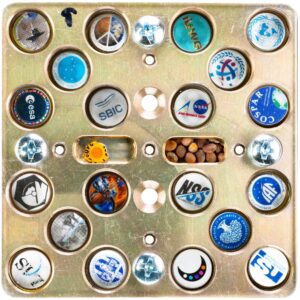
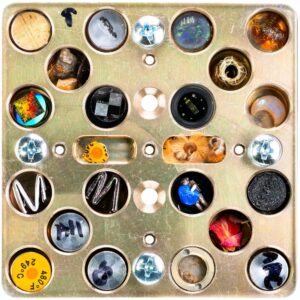
Space Renaissance for All Gallery: Science and Artscience (top), Tribute Space4All (bottom)
Credits: LUNEX Space Renaissance (Marieke Feenstra & Bernard Foing)
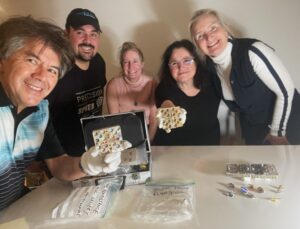
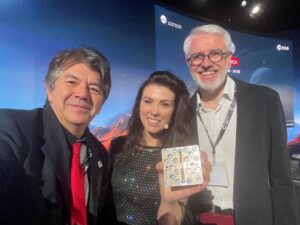
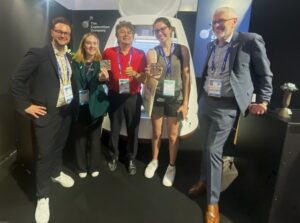
SR4All Integration in Holland, Delivery to TEC in Dec 24, TEC booth Salon du Bourget June 25
Credits: Space Renaissance LUNEX (Bernard Foing)
Quotes and informations from contributors to “ Space Renaissance for All Gallery”:
“A unique feature of the Space Renaissance 4 all payload is that it is equal parts art and science. Both areas equally contribute to our lives on Earth. It is refreshing that they equally contribute to this flight project.” says Dr. Heather Smith, US, Space Renaissance 4 all Science lead.
“Meeting NASA’s critical deadline was a proud moment for our team. From design to delivery in under 24 hours, we proved that our high-velocity mass customization can make spaceflight-ready hardware possible on demand—helping turn this international multi-faceted space experiment into reality.” – Dr. Doug Milburn, ProtoSpace Mfg Vice-President and Co-Founder
“Ageha Petit, a tiny swallowtail with a mass of 0.1g, composed of deployable wings and a pillow-shaped transparent body, represents a module composed of photovoltaic tarps and an inflatable habitation capsule, providing hope for human presence on the moon and Mars among young generations across the globe” say creators Jun Sato & Ruta Stankeviciute (Japan)
“We are thrilled to see rocks from Failaka Island — a place rich in history and culture — journeying into space as part of the Space 4 All gallery. This extraordinary project is a celebration of global creativity, unity, and the boundless potential of human imagination. As these stones travel beyond our planet and return, they carry with them a message of hope, connection, and a future where art knows no limits.” says Ghanim Alotaibi, Advance Space Civilization Initiative – ASCI, SRI board member from Kuwait.
“The inclusion of artists from ArtEO.earth (the data arts initiative from Imperative Space) onboard Space4All, marks a milestone where creative vision meets space technology and data, uniting art and discovery for everyone.” says Ravi Kapur, UK, Director of ArtEO & Managing Director, Imperative Space. https://www.arteo.earth/
MoonMars Museum Sends 4 Cultural-Scientific Payloads with Space Renaissance for All Gallery into Orbit on “Mission Possible” with The Exploration Company
The 4 MoonMars Museum Payloads Include:
- MoonMars NanoFiche Layer – Developed using NanoFiche ultra-dense data storage technology, this 9mm disc contains a nanoscale archive of high-resolution imagery and texts from the Mare Crisium Collection. The same archive was sent to the Moon aboard the Firefly Blue Ghost Moonlander on March 2, 2025 as part of the Lifeship payload, marking a major milestone in digital cultural preservation on the lunar surface. This Earth-orbiting version enables parallel access and research, while a digital twin remains permanently accessible to the public inside the MoonMars Museum Metaverse.
- sPhotonix Crystal Glass: 5D Digital Archive – In collaboration with sPhotonix, this unique artefact stores five-dimensiona laser-etched data within a 9mm glass disc. The content: digital documentation of the Chauvet Cave paintings — some of the earliest known human artworks — preserved for eternity in crystalline form. This payload inaugurates a new theme for the MoonMars Museum: documenting the deep past of human creativity as we look toward the future. It also serves as the artistic prelude to a planned future lunar mission themed around artforms throughout the ages.
- Lunar Legacy MicroSculpture – Designed with Printoptix, this optical 3D micro-sculpture celebrates the MoonMars Museum’s distinction as the first museum to place artwork on the
Moon, via the Firefly Blue Ghost mission. At the center is a miniature version of “The Fallen Astronaut”, originally placed on the Moon in 1971 by artist Paul van Hoeydonck — making this a historic return and tribute.
Surrounding the central piece are six additional nanoprinted artworks:
- “Pillman” by Micha Klein
- A gold-toned MoonMars Museum “symbolic reliquary”
- “The Nest” by Mary Kuiper “This Cocoon shaped Nest made of hair from different hors breeds for the SRI4All Gallery, is to remind future generations about the human urge to leave the nest and expand their horizon into the universe.” says Mary Kuiper, NL, ArtMoonMars and MoonGallery artist
Bruce Ha, Nanofiche founder, says: “Nanofiche was created to transcend time. With this mission, it continues to transcend space. Proven on previous lunar missions, NanoFiche technology permanently preserves art, memories and knowledge, engineered to endure extreme conditions in space. Tasked with protecting civilization’s memories, we strive forward with purpose, precision, and preservation beyond Earth.”
Ilya Kazansky, sPhotonix CEO & Founder, says: “This is the first space mission for Paleolithic Stone Age cave paintings as they orbit the earth in our durable 5D Memory Crystal. We can only imagine how our forebearers would look into the night sky and wonder. Now, through our world breaking nanotechnology, their paintings are not only preserved forever, they are preserved in outer space too.”
Nils Fahrbach, Printoptix CEO & Founder, says: “At Printoptix, we’ve invested years of focused innovation and determination to push the boundaries of what’s possible with micro-optics. Seeing our 3D‑printed micro-sculptures find a place in the MoonMars Museum and the SR4ALL gallery is a powerful tribute to our craft. These intricate structures, crafted with nanometer-scale precision, are not just 3D-printed optics and structures – they’re reflections of the curiosity and dedication of everyone who made them possible. Out in space, they hint at what’s next for art, technology, and exploration.”
Eva Petric, ArtMoonMars artist from Austria, Slovenia and New York, says: “The EARTHLING Tattoo SEAL is a 3D embodiment of my artwork Stem Cell Potential — a form translated into a lace-like structure that visualizes the deep interconnectedness within and between us. It serves as a symbolic blueprint of our emotional Earthling existence.” Come to our event
Space Everywhere: “Space in the City” Festival in Vienna next week June 24, Vienna’s Karlsplatz , From orbit to Vienna’s Karlsplatz: a journey through space, art, and connection.

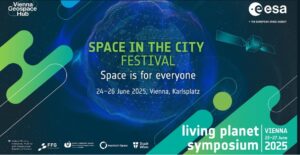
“The story of Stem Cell Potential began in 2015, when I was invited to participate in a Moon simulation mission organized by ESA (European Space Agency). There, I experienced first-hand the profound sense of isolation that can occur in space — an emotion that inspired me to propose two artistic projects aimed at preserving human connection during long-duration space missions. One of these was the lace figure Stem Cell Potential, envisioned as a tattoo — a constant, intimate companion for astronauts. Like a contemporary Earthling emoji, this tattoo would serve as a quiet reminder of their identity as Earthlings, reinforcing their bond with Earth even while far from it. I extend my heartfelt thanks to the visionary Dr. Bernard Foing, and to all the fellow artists and scientists who continue to explore the unknown with courage and creativity.”
Additional info
- Who is sending out the press release? Prof B Foing, to be reported by SR4All partners
- When will it be sent out? 21 June 4 pm
- Who will it go to? To distribution list, and media
- What is the social media plan? Started since delivery of Gallery and events worldwide
- How can everyone view the launch, the public etc.? launch webcast, 5 events in Munich, Paris, Bordeaux, Houston, Turin
- What # and @ are being used for social media? Lunex, Space Renaissance, MoonMars
- Who else is being invited to see the launch? Open invitations at 5 sites
- What videos/images are being taken and recorded for use? in www.sr4allgallery.com
- Can we provide our tags etc.? please send tags to Bernard Foing and Marieke
- Which persons of influence will Bernard and The Exploration Company send this information to? Many, agencies, organisations, academia , your network
- What is Bernard doing with the papers ? Who is it going to? IAC SR4AG abstract will be presented at Sydney on 30 sept-2 Oct , also as part of Keynote talk by B Foing
Follow the livestream of the launch, Sunday 23 June 2025, from 22:30 CEST, on the Space Renaissance YouTube channel: https://youtu.be/xp1AwpEniU0

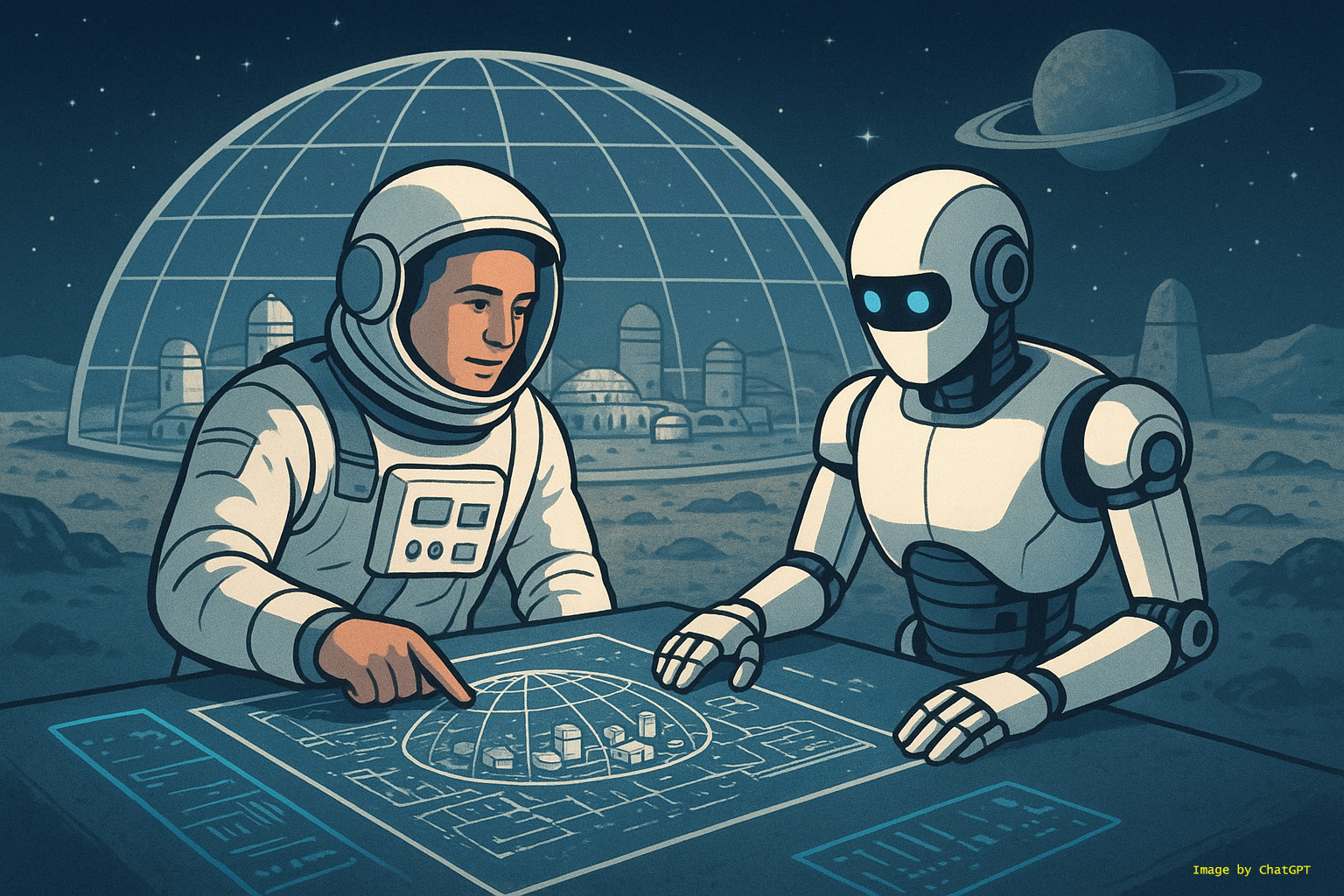
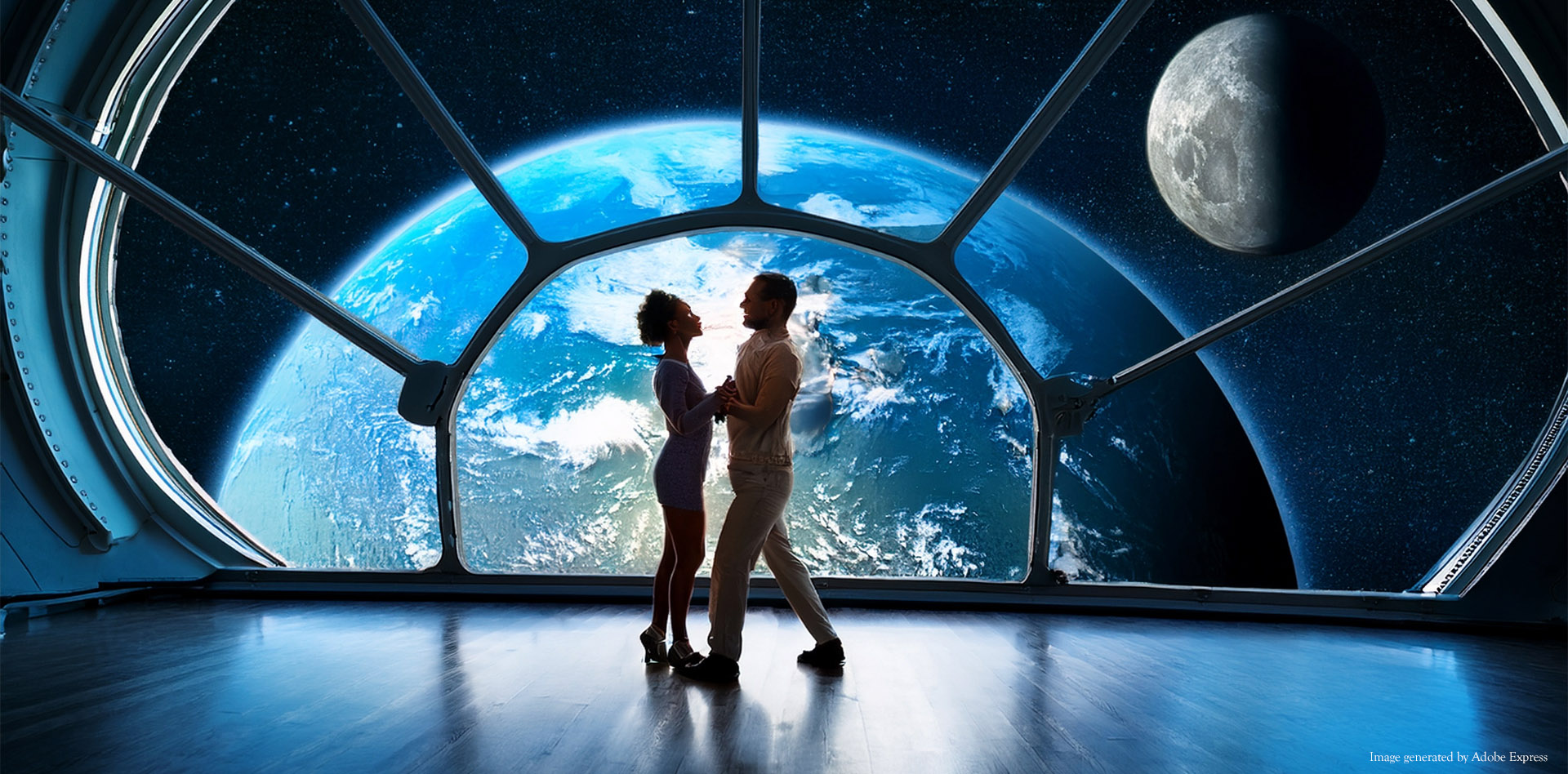

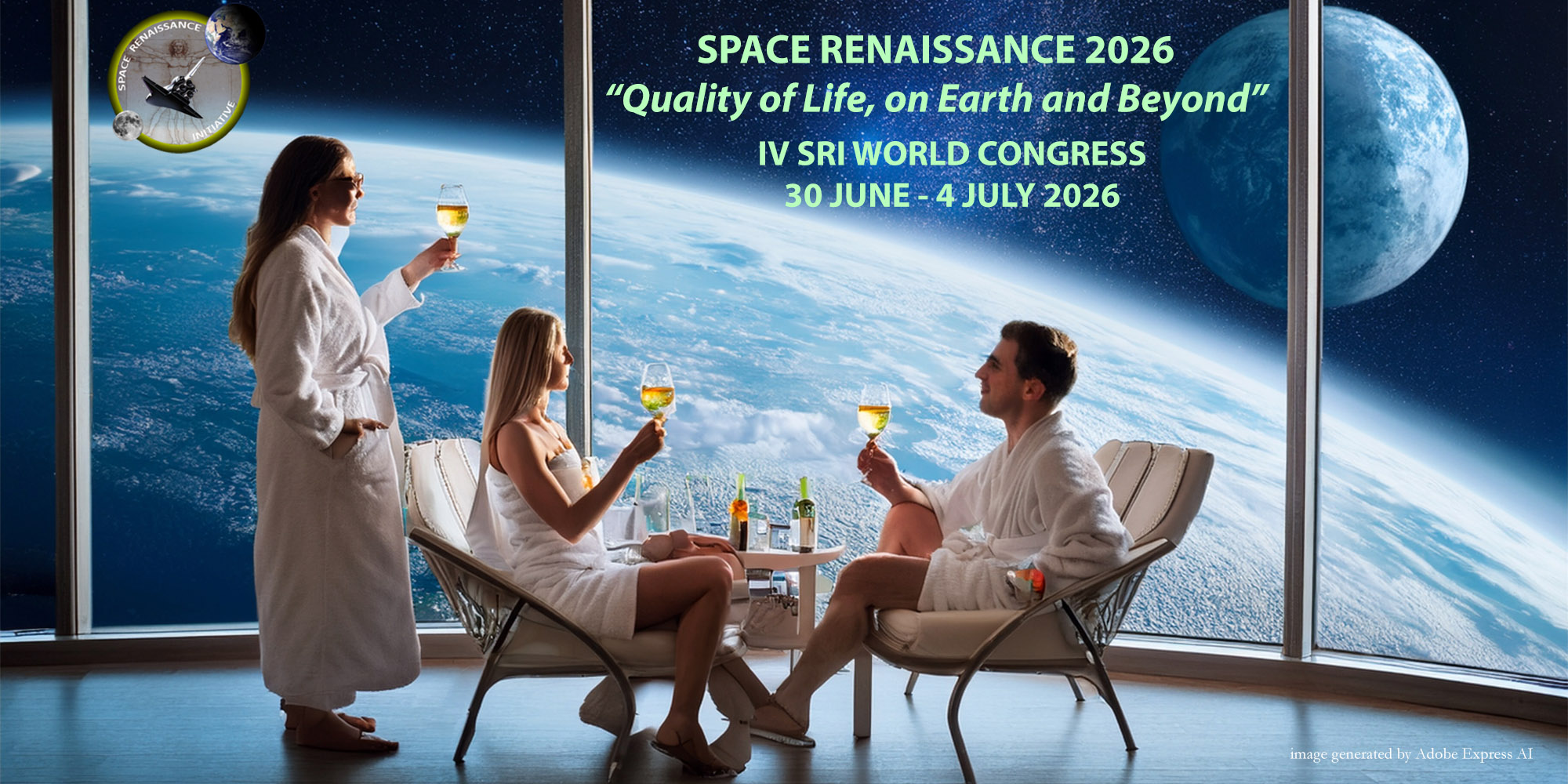







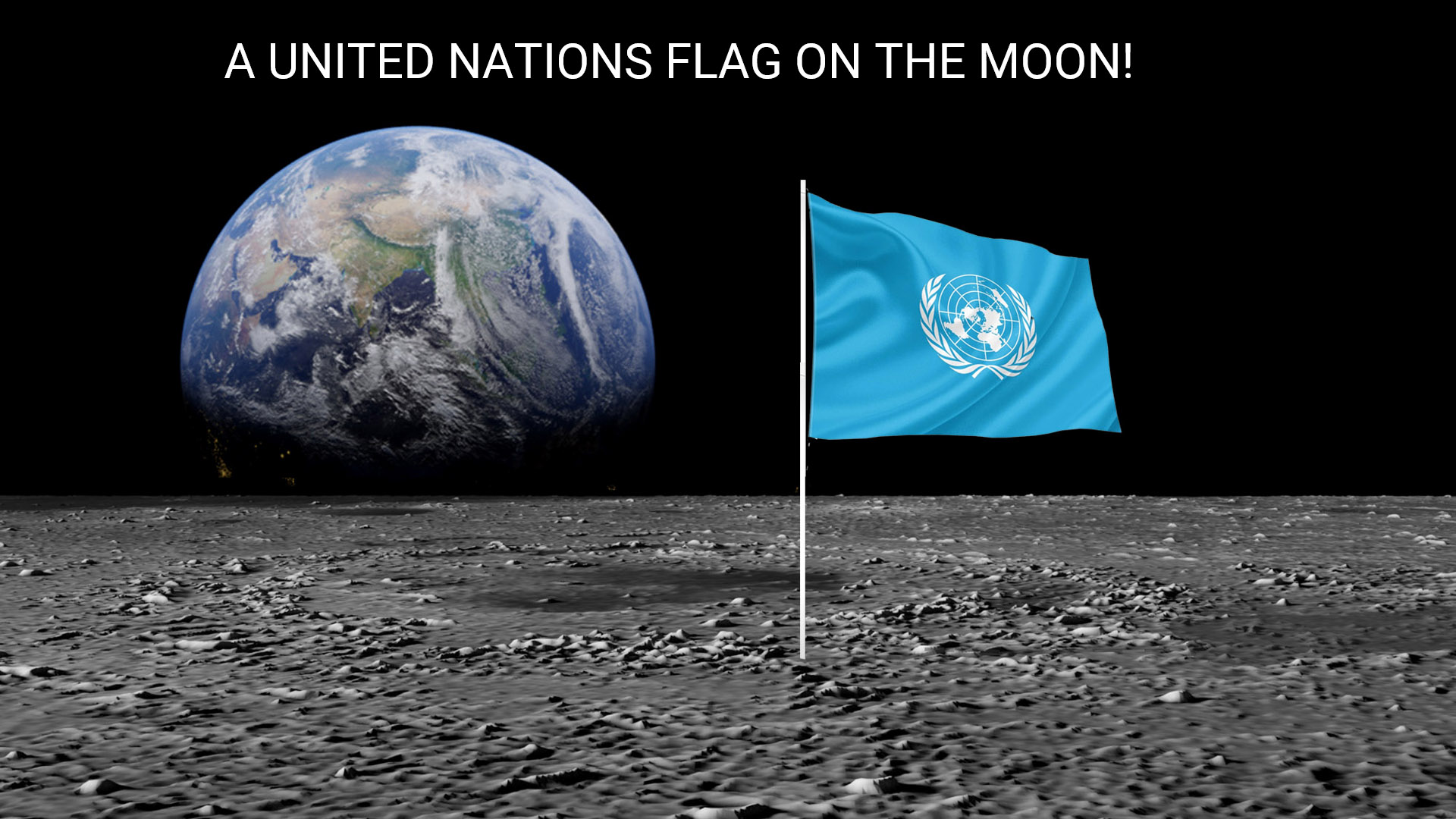

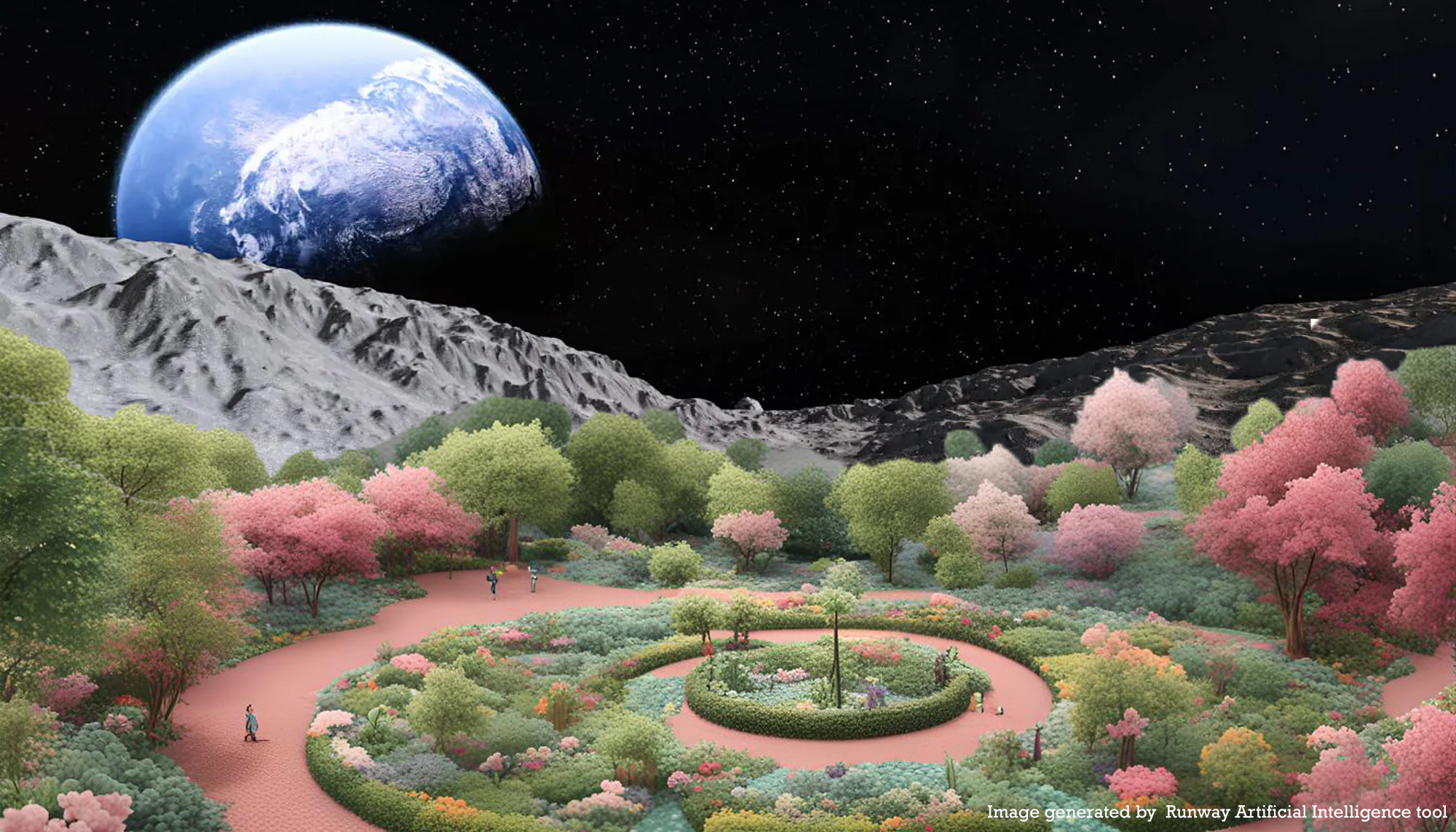

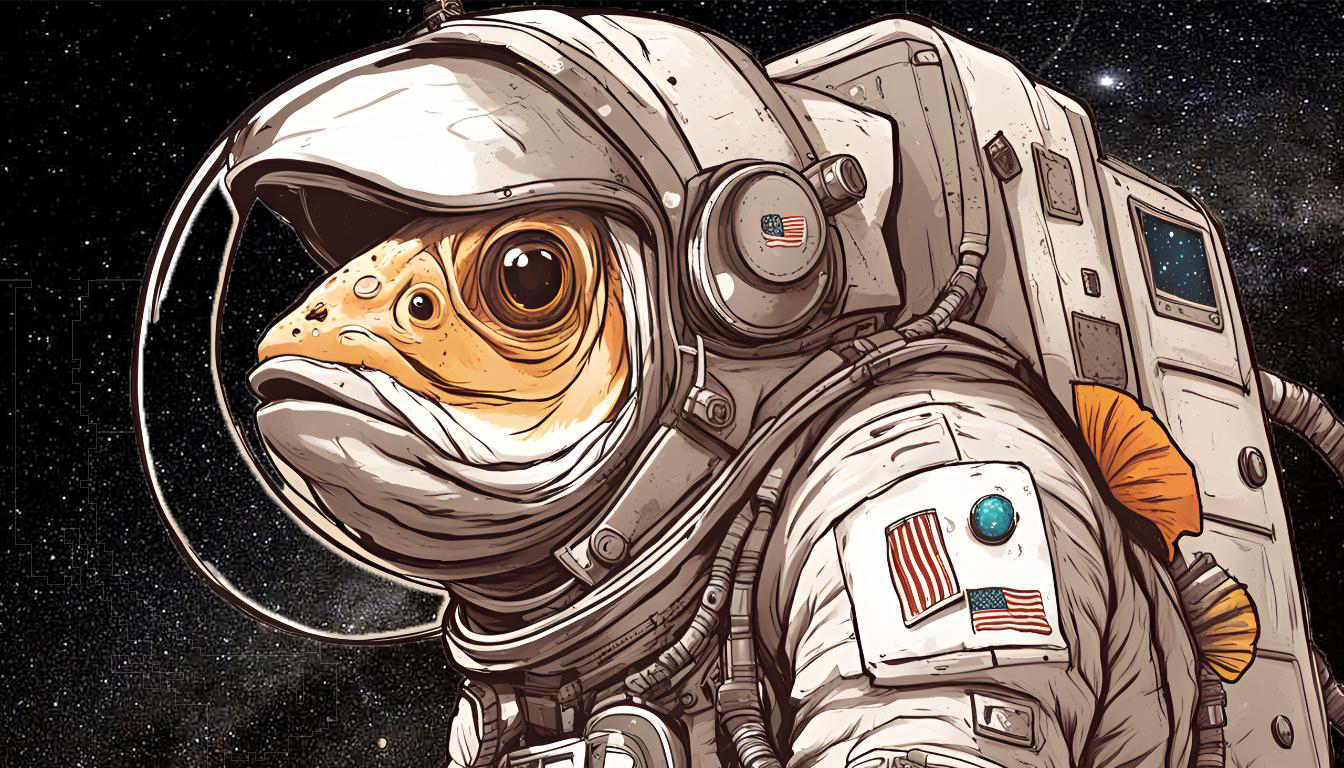

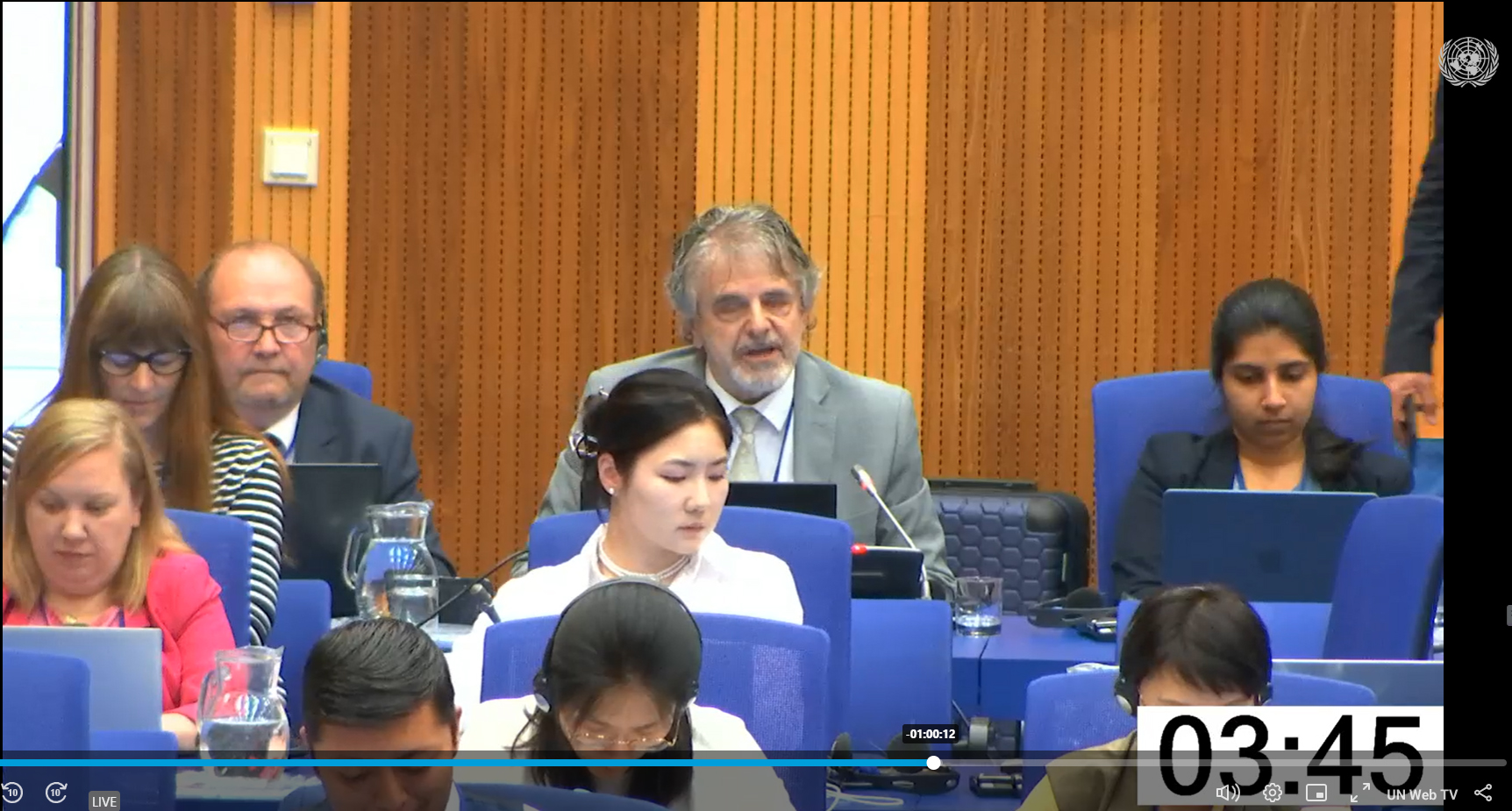

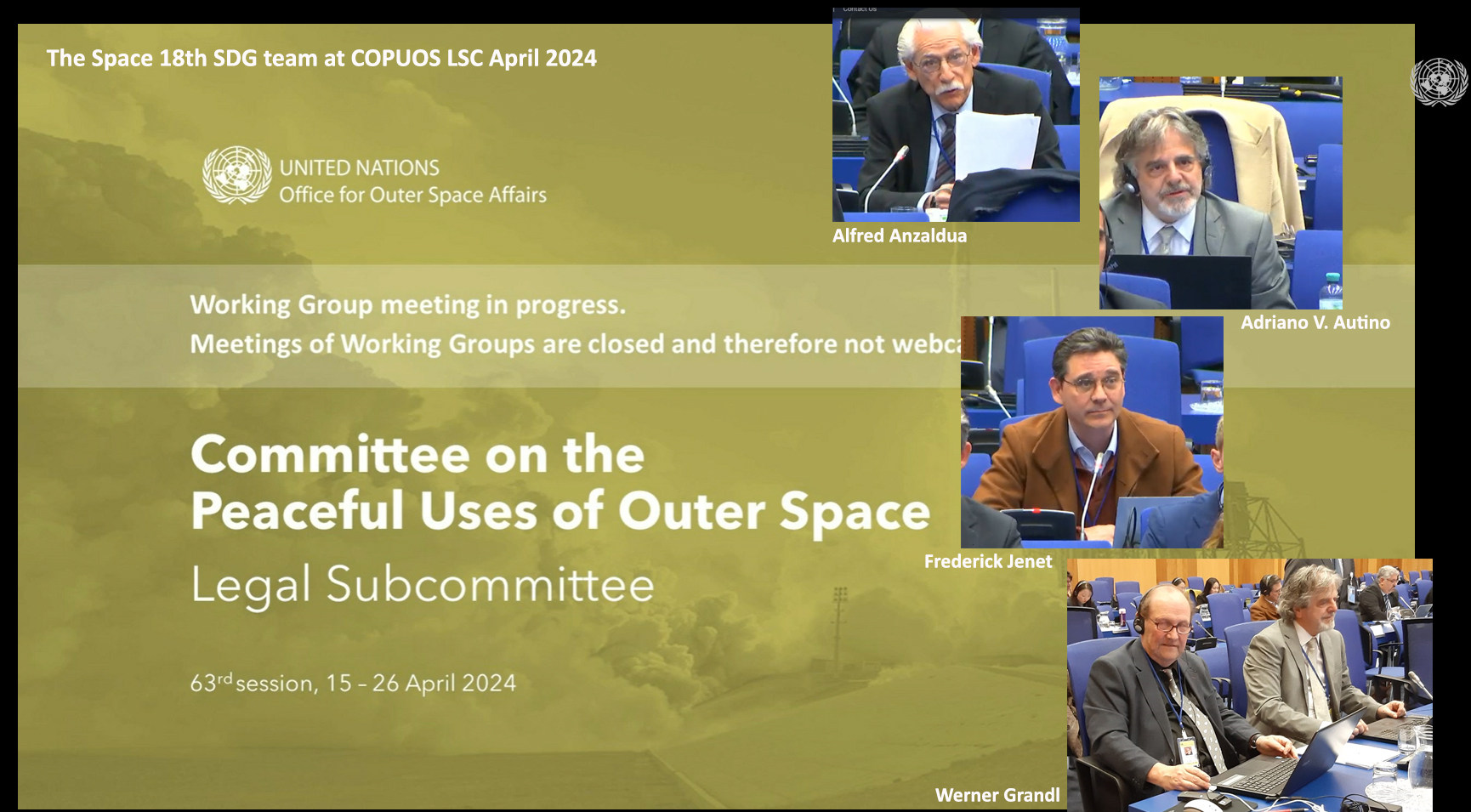
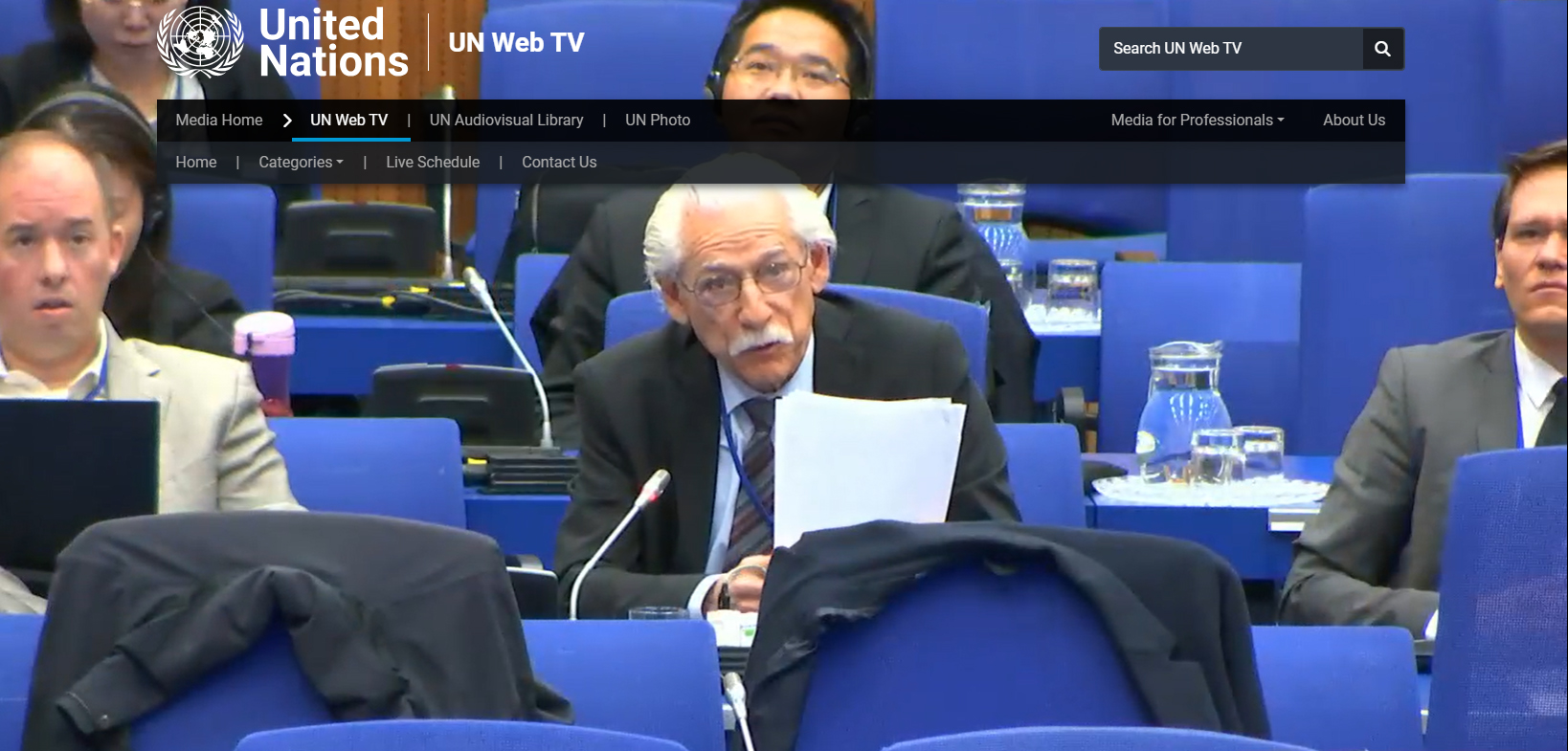
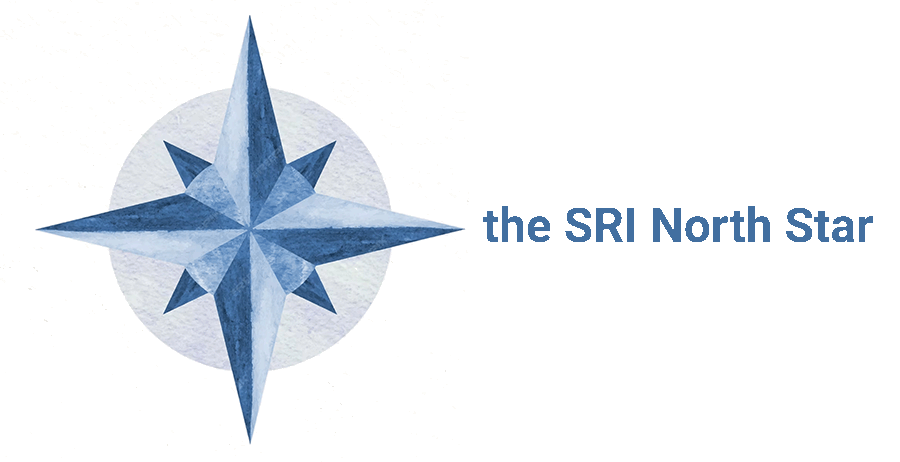

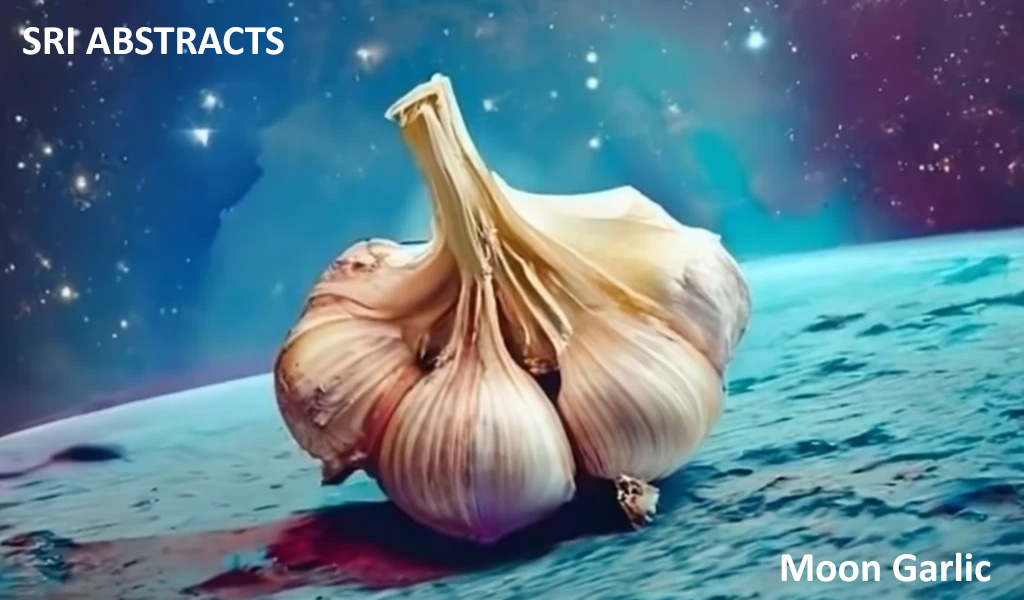

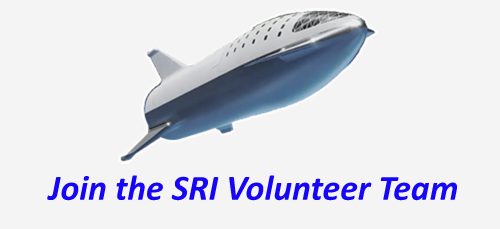

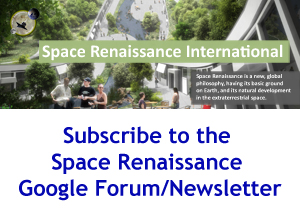
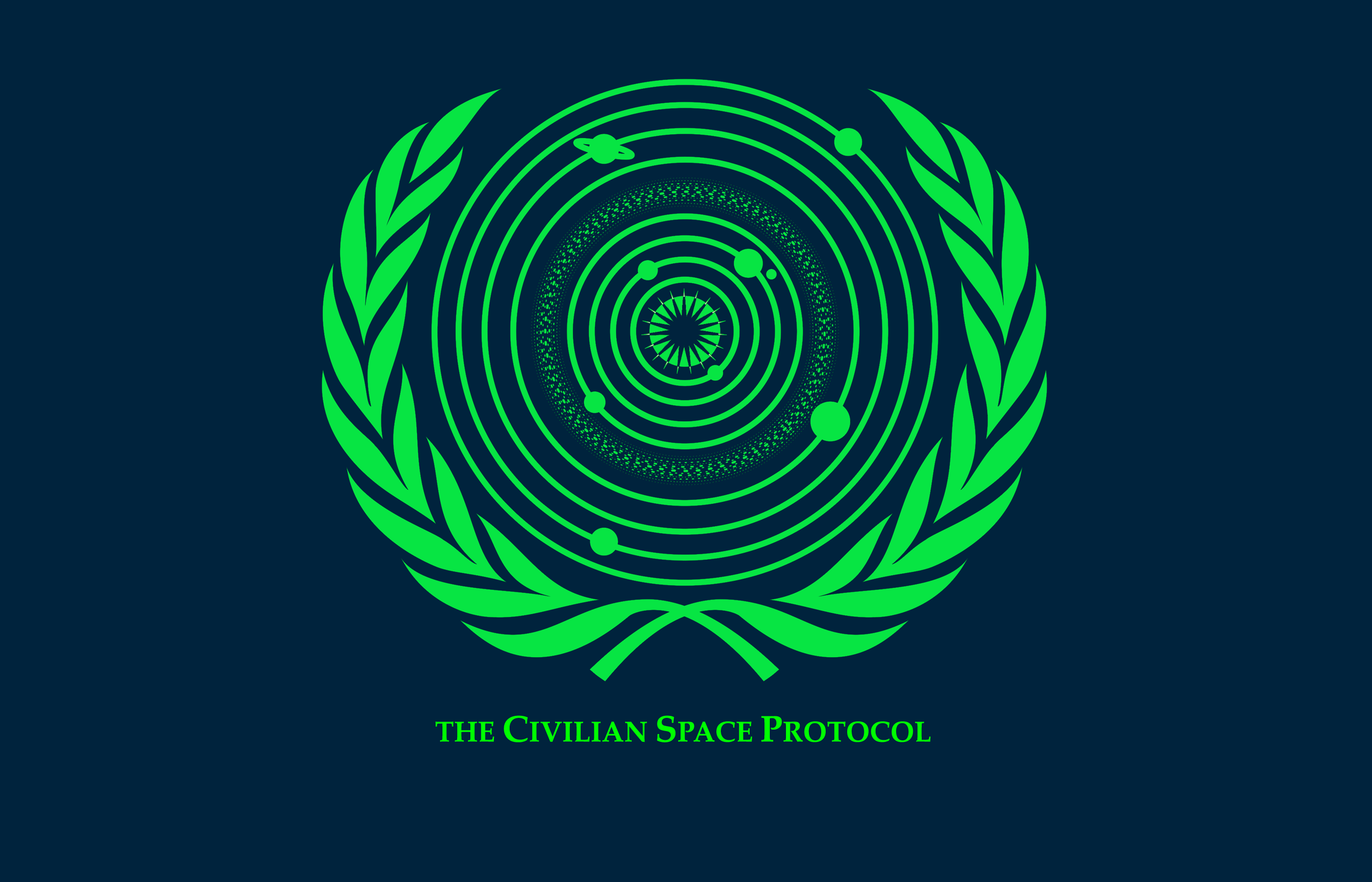
 Space Renaissance France (French Chapter of SRI)
Space Renaissance France (French Chapter of SRI)  Space Renaissance USA, Inc. (USA Chapter of SRI)
Space Renaissance USA, Inc. (USA Chapter of SRI) Space Renaissance (Italian Chapter of SRI)
Space Renaissance (Italian Chapter of SRI) Space Renaissance Academy
Space Renaissance Academy Space Renaissance Initiative Group
Space Renaissance Initiative Group